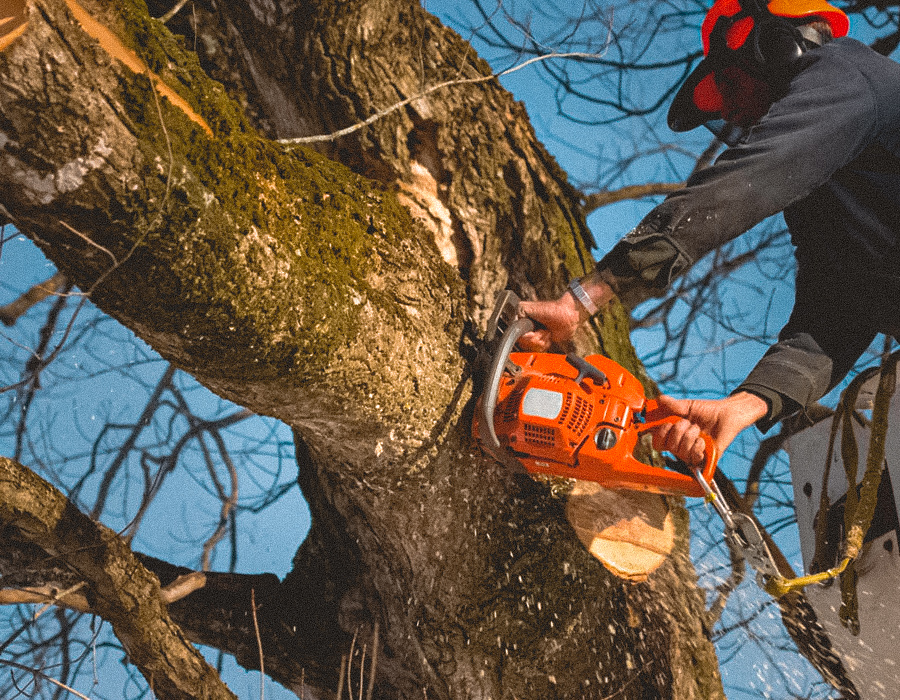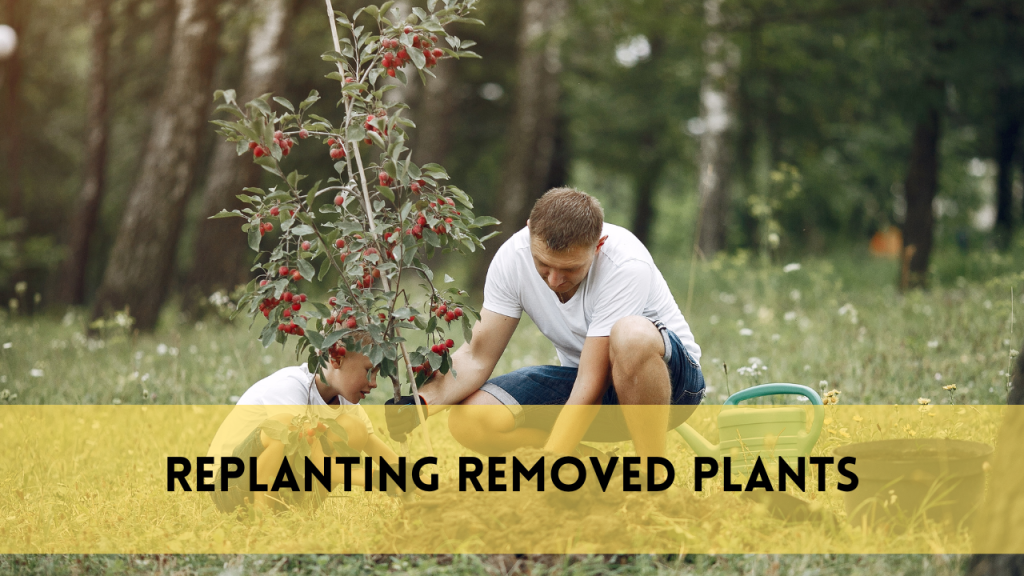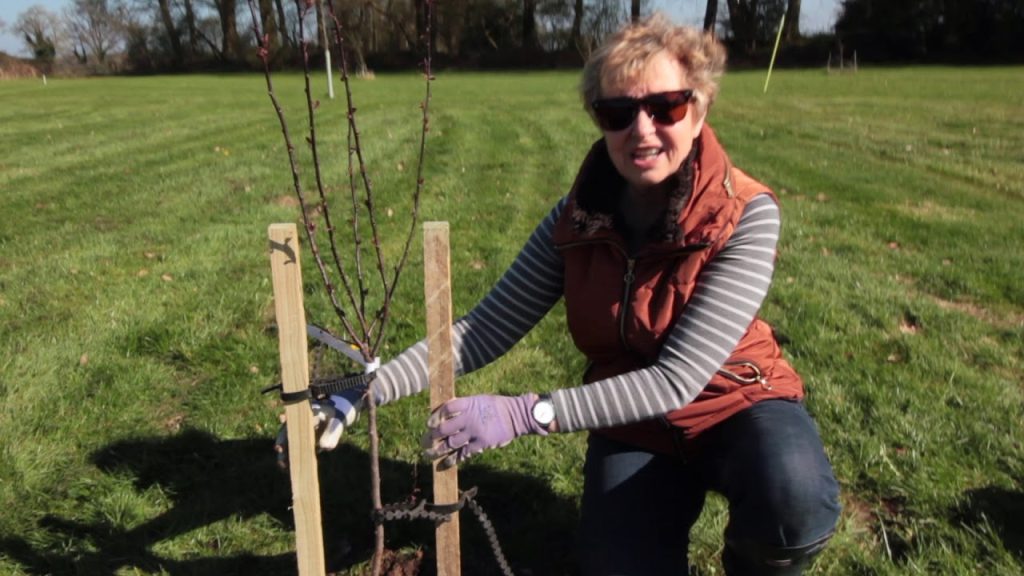Get Rid of thick ivy on trees?
Ivy creeping up the trunks and branches of trees may give them a lovely, fairy-tale appearance, but it may also pose serious concerns about the health and stability of those trees. Ivy is an invasive and fast-growing plant that can weaken trees, restrict sunlight, and harbor pests and diseases. As a result, knowing how to efficiently remove thick ivy from trees is critical for ensuring the well-being of your favorite arboreal companions as well as the protection of your property. This tutorial delves into several strategies and techniques for dealing with heavy ivy infestations, guaranteeing that your trees can survive and flourish once free of this stubborn invader.
The importance of removing thick ivy
The removal of thick ivy from trees is critical for both the health and structural integrity of these living things as well as the safety of their surroundings. Ivy, while physically beautiful, can be a stealthy and insidious menace. It wraps itself around tree trunks and branches, limiting sunlight and air movement. This inhibits photosynthesis and adds to the tree’s demise. Furthermore, ivy serves as a haven for pests and viruses that can wreak havoc on the tree’s health.
The weight of thick ivy can cause branches to become top-heavy, increasing the danger of limb failure and falling debris. This poses a direct threat to people, property, and infrastructure in urban and suburban areas.
Planning and evaluation:
Begin by inspecting the tree and the amount of the ivy infestation. Take note of whether the ivy has wrapped around the trunk and branches, as well as whether it has reached the canopy. Examine the tree’s health and any structural flaws that may have come from the ivy’s presence. This first evaluation will assist you in determining the scope of the task at hand and whether professional assistance is required.
Tools
Pruning Shears or Loppers:
These are essential for cutting the ivy at the base of the tree. Choose high-quality, sharp pruning shears or loppers for clean cuts.
Gloves:
Sturdy gardening gloves protect your hands from potential skin irritation caused by ivy and help you get a good grip on the vines.
Long-Sleeved Clothing and Pants:
Wear long sleeves and pants to shield your arms and legs from contact with ivy. This protects against skin irritation and allergens.
Safety Glasses:
While optional, safety glasses can provide extra protection for your eyes, especially if you’re working near ivy that may release debris when cut.
Putty Knife or Similar Tool:
A putty knife or a similar flat tool can be handy for gently prying ivy away from the tree’s bark, especially when it’s firmly attached.
Rake:
A rake bagss in collecting the cut ivy from the ground efficiently, making it easier for proper disposal.
Trash Bags or Containers:
Mulchurdy trash bags or containers to collect and dispose of the removed ivy. Double-bagging is recommended to prevent any ivy remnants from escaping.
Mulch or Barrier Material:
Sunlight removal, consider using mulch or another barrier material to maintain a clear space around the tree to deter future ivy growth.
Sunlight and Time:
While not tools in the traditional sense, allowing the removed ivy to dry in direct sunlight for a few weeks can help ensure it’s completely dead before disposal. Time and patience are vital tools for successful ivy removal.
Precautions for Safety:
Wear gloves, long-sleeved clothing, and pants to protect yourself from harmful irritants and allergens in ivy. Consider wearing a face mask and protective glasses if you are prone to skin discomfort. After working with ivy, always thoroughly wash your hands and clothing.
Cutting the Ivy:
When cutting the ivy near the tree’s base, use sharp pruning shears or loppers. Make sure the cuts are clean and as close to the ground as possible. This will cut the ivy’s connection to the root system.
Removing Ivy from the Ground:
To avoid reattachment, carefully peel the chopped ivy away from the tree’s base and surrounding soil. Collect as much ivy as possible using your hands or a rake. To avoid further spread, dispose of this ivy in sealed garbage bags or containers.
Creating a Void:
Clearing a gap around the tree produces a buffer zone that keeps the ivy from creeping back. This step is critical because ivy can recover from even minor leftovers. Maintain this space by inspecting for ivy growth on a regular basis.
Taking Ivy Off the Tree:
Removing ivy from the tree itself demands patience and care. Begin at the bottom and gradually remove the ivy from the trunk and branches. Use your fingers to separate the ivy tendrils from the bark. If the ivy is firmly attached, you can use a putty knife or similar instrument to help peel it away, being careful not to damage the tree’s bark. As you climb the tree, look for hidden ivy stems or tendrils.
Properly dispose of ivy:
Proper disposal is required to keep ivy from spreading. Remove the ivy and double-bag it in strong trash bags. You can leave the bags in the sun for a few weeks before disposing of them if your local disposal standards allow.
Repeat when necessary:
Ivy removal is a continuous procedure. Inspect the tree on a regular basis for evidence of ivy regrowth. Even minor remains can resprout, so remove new growth as soon as possible.
Tree Health Care:
After ivy removal, consider mulching around the tree. Mulch helps retain moisture, insulates the soil, and reduces competition from weeds. Additionally, provide proper watering and nutrient care to support the tree’s recovery and overall health.
Professional Assistance:
For large or mature trees with extensive ivy infestations, or if you are uncertain about the best approach, consult with a certified arborist. Arborists can assess the tree’s condition, provide expert guidance, and safely execute ivy removal.
FAQS
1: Why is it important to remove thick ivy from trees?
Understand the significance of ivy removal for tree health and safety.
2: What tools are needed to remove thick ivy safely?
Discover the essential tools required for a successful ivy removal process.
3: How do you cut and remove ivy from the base of the tree?
Learn the proper techniques for cutting and detaching ivy from the tree’s base.
4: How can you prevent ivy from Regrowing on the tree?
Explore preventive measures to keep ivy from returning after removal.
5: When should you seek professional help for ivy removal?
Understand the situations in which consulting a certified arborist may be necessary.
Conclusion
Removing heavy ivy from trees is critical to the health and safety of these natural treasures. You can free your trees from the clutches of invasive ivy by following the methods given and using the appropriate instruments, boosting their longevity and the well-being of your surroundings. Regular monitoring and treatment will help keep ivy at bay and allow your trees to grow once more. Take proactive steps to rid your trees of heavy ivy and create a healthier environment for your entire ecosystem today.



